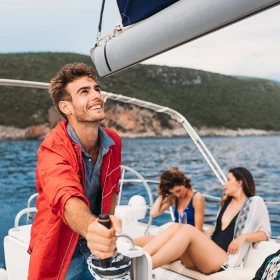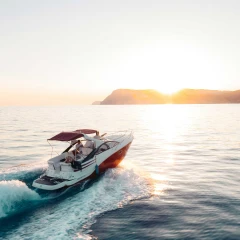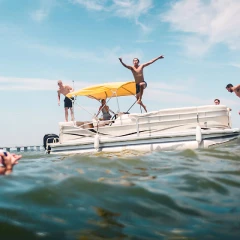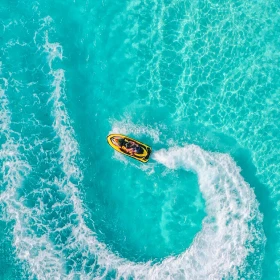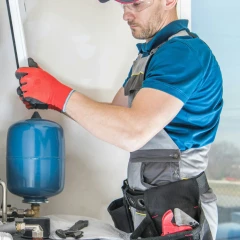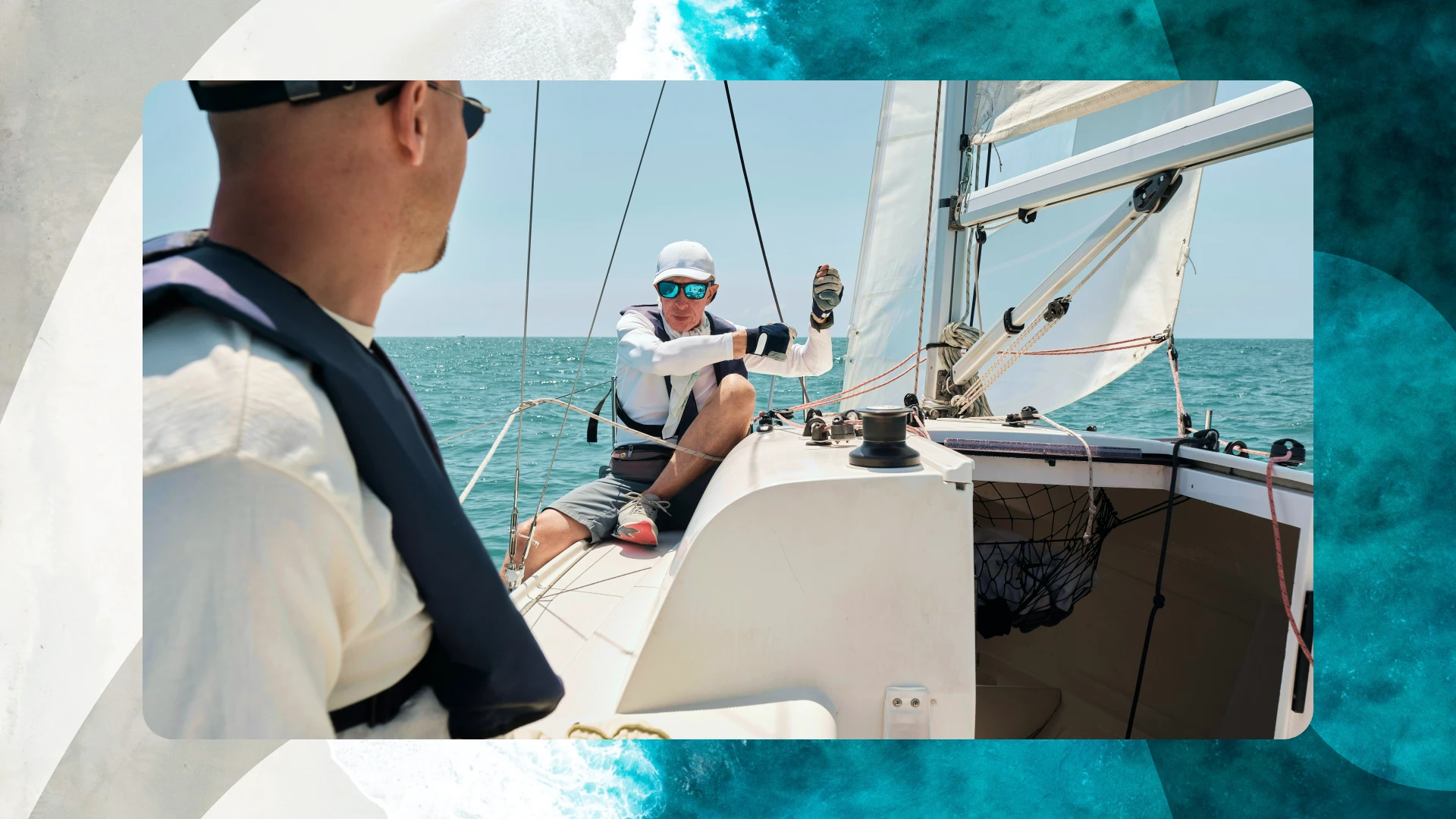Whether you’re heading out for a quick afternoon cruise or an overnight trip, the right safety gear can protect you and your passengers — and in many cases, it’s required by law. In the U.S., the U.S. Coast Guard (USCG) sets federal minimum equipment standards, but states may have additional requirements.
Important: This guide covers common U.S. requirements and best practices. State laws and federal regulations can change without notice. Always verify with your state boating authority and the USCG before departure.
Life Jackets (Personal Flotation Devices – PFDs)
- Federal Minimum: One USCG-approved life jacket per person on board.
- Children: Many states require children under a certain age (often 12) to wear a life jacket at all times while underway.
- Type: Jackets must be the correct size and type for the intended wearer.
- Accessibility: Must be readily available, not stored in sealed packaging or buried under gear.
Throwable Flotation Device
- Boats 16 feet or longer (except canoes and kayaks) must have at least one USCG-approved throwable device (Type IV) on board.
- Common types include life rings or buoyant cushions.
- Must be immediately accessible for quick deployment.
Fire Extinguishers
- Required for most motorized boats, even small ones.
- Must be USCG-approved and the right class for your boat size and fuel type.
- Quantity and type depend on boat length and whether the vessel has enclosed fuel or engine compartments.
Visual Distress Signals (VDS)
- Coastal & Great Lakes: Day and night VDS required for most boats.
- Inland Waters: Often only required at night, but check state rules.
- Includes flares, orange smoke, distress flags, and electric distress lights.
Sound-Producing Devices
- All boats must have a way to make an efficient sound signal (whistle, horn, or bell).
- Larger boats may have specific decibel and duration requirements.
Navigation Lights
- Required for operation between sunset and sunrise and during restricted visibility.
- Lights must meet visibility distance requirements for your boat’s size.
Additional Recommended Gear
While not always legally required, these items are strongly recommended for safety:
- First-aid kit
- Anchor and line
- VHF marine radio
- Extra fuel and water
- Tool kit and spare parts
- Emergency beacon (EPIRB or PLB)
State-Specific Requirements
Many states go beyond federal USCG minimums. Examples include:
- Mandatory engine cut-off switches
- Additional flare requirements in certain waters
- Specialized fire extinguisher rules for personal watercraft (PWCs)
Always check your state boating agency’s current list before you launch.
Why Your Insurance Might Care
Boat insurance providers may require proof that your vessel carries certain safety gear — especially if your policy includes towing or offshore coverage. Inadequate safety equipment could complicate claims in some situations.
Disclaimer: This article is for general informational purposes only and is not a substitute for official boating regulations. Safety equipment requirements vary by state, vessel type, and operating location, and can change without notice. Always confirm current rules with the U.S. Coast Guard and your state boating authority before operating your vessel.
